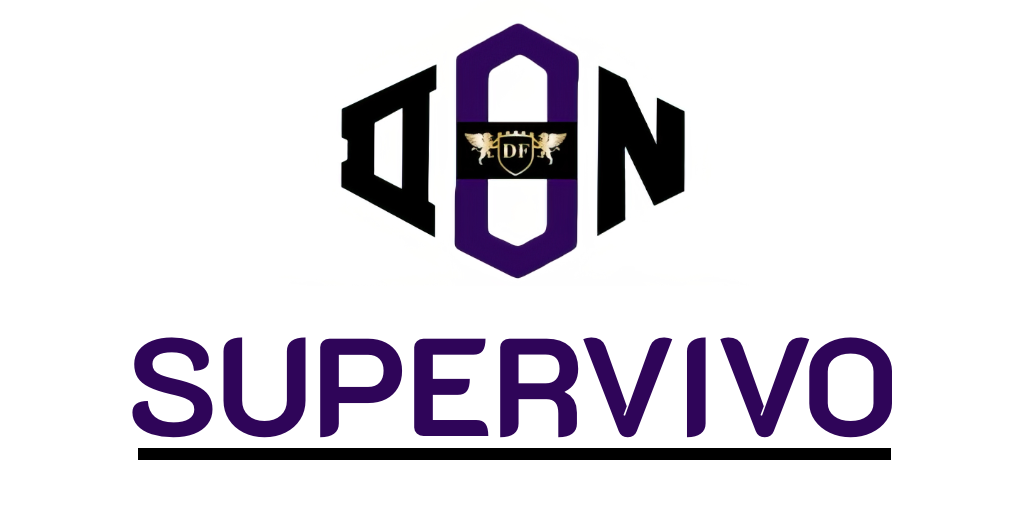In today’s fast-paced professional environment, the demand for virtual assistants is surging. These digital assistants are revolutionising how we work, enabling both individuals and teams to improve efficiency dramatically. As remote work becomes the norm, leveraging technology has never been more crucial for maintaining productivity. Virtual assistants offer a variety of services designed to lighten workloads, streamline tasks, and provide a substantial productivity boost in our daily routines.
Statistics reveal that organisations using remote assistants can experience a remarkable increase in output. Embracing this transformative trend not only enhances efficiency but also ensures that professionals can focus on what truly matters. The integration of digital assistance into our work culture demonstrates a pioneering shift that is reshaping the future of productivity and collaboration.
The Role of Virtual Assistants in Modern Workplaces
The landscape of work is undergoing significant transformation, largely influenced by the rise of virtual assistants. In today’s modern workplaces, these professionals provide invaluable online support, streamlining tasks and enhancing operational efficiency. The shift towards virtual offices has redefined how teams collaborate and communicate, fostering a culture of flexibility and adaptability.

Successful companies have recognised the potential of integrating virtual assistants into their daily operations. By leveraging this technology, firms can effectively reduce operational costs while boosting productivity. As teams adapt to hybrid work environments, the role of virtual assistants becomes even more critical. They not only assist with scheduling and administrative tasks but also play a significant part in enhancing team morale and performance.
- The implementation of virtual assistants enables easier access to information and resources, vital for maintaining continuity in workflow.
- Such productivity boosts lead to a more focused workforce, as employees spend less time on mundane tasks.
- Virtual assistants facilitate communication, ensuring that remote teams remain connected and engaged.
In summary, virtual assistants are shaping the future of work within modern workplaces. Their contribution to efficiency and support is key to navigating the challenges posed by a rapidly changing business environment.
Understanding the Different Types of Virtual Assistants
The landscape of digital assistance is diverse, offering various types of virtual assistants to meet the distinct needs of businesses. Understanding these categories helps organisations to engage the most suitable remote assistants for their requirements.
Among the primary types of virtual assistants, one can find:
- Administrative Assistants: These remote assistants handle scheduling, email management, and general office tasks, ensuring smooth operations.
- Creative Assistants: Ideal for businesses focused on branding, these professionals specialise in graphics, content creation, and social media management.
- Technical Assistants: Offering expertise in IT-related fields, these assistants support tech setups, troubleshoot issues, and maintain online presence.
- Specialised Assistants: Some virtual assistants possess niche skills, such as legal or medical expertise, tailored for specific industries.
Understanding the differences between general virtual assistants and those with specialised skills is crucial for maximising efficiency. Choosing the right type ensures that businesses receive the appropriate level of support tailored to their unique needs.
Virtual Assistants: How They Improve Daily Efficiency
Virtual assistants play a pivotal role in enhancing daily efficiency for businesses of all sizes. By leveraging task automation, organisations can streamline repetitive tasks such as data entry, appointment scheduling, and email management. This shift allows team members to concentrate on core responsibilities that require nuanced skills and creativity, resulting in a significant productivity boost.
Effective time management is crucial for any successful enterprise. Virtual assistants excel in this area by organising schedules, prioritising tasks, and reminding teams of critical deadlines. Their ability to manage workloads adeptly fosters a transparent work environment, enabling smoother operations and minimising the risk of burnout among staff.
For instance, a marketing agency that incorporated a virtual assistant reported a marked improvement in project delivery times. By automating social media postings and handling client communications, the team was able to focus on strategy and content creation, leading to an accelerated workflow and enhanced overall output.
In summary, virtual assistants not only improve efficiency but also empower employees to harness their potential fully. This harmonious collaboration between technology and human expertise spells a new era of productivity for modern workplaces.
Key Benefits of Using Virtual Assistants
Employing virtual assistants can lead to significant improvements in both time management and overall productivity. From optimising workflows to automating repetitive tasks, the advantages are palpable.
Enhancing Time Management Skills
Virtual assistants excel at assisting individuals and businesses in refining their time management skills. By creating efficient schedules and prioritising tasks, they enable users to focus on what truly matters. Delegating time-consuming activities allows professionals to redirect their energy toward strategic initiatives. As a result, users often report feeling less overwhelmed and more in control of their day-to-day responsibilities.
Boosting Productivity with Task Automation
Task automation represents a remarkable opportunity for a productivity boost. Virtual assistants streamline routine tasks, eliminating the need for manual intervention. For example, automating appointment scheduling and data entry can save hours each week. Studies indicate that businesses have experienced a marked increase in output after integrating virtual assistance into their operations. Testimonials from satisfied clients affirm that embracing task automation not only enhances productivity but also improves employee satisfaction by reducing mundane workloads.
Streamlining Communication and Collaboration
In today’s fast-paced work environment, effective communication and collaboration are paramount. Virtual assistants play a key role in enhancing these aspects, enabling teams to operate more smoothly. Through advanced online support, they facilitate discussions, coordinate projects, and ensure transparency among team members.
Tools like Slack, Asana, and Trello are designed to promote collaborative efforts. When virtual assistants leverage these platforms, they optimise workflows, ensure everyone remains aligned, and ultimately drive project success. Their ability to manage tasks, set reminders, and distribute information prevents miscommunication and accelerates decision-making processes.
The integration of virtual assistants into teams allows for a shift towards a culture of collaboration, empowering members to focus on their core responsibilities while trusting the assistant to handle the organisational details. This balance leads to a more productive work environment, allowing individuals to excel in their roles.
“Efficient communication is the foundation of any successful project.”
Case studies from various organisations illustrate how virtual assistants transform communication strategies. Companies utilising these assistants often report significant improvements in team morale and output, showcasing the impact of dedicated online support tailored to enhance collaboration.
Choosing the Right Virtual Assistant for Your Needs
Selecting the perfect virtual assistant can significantly impact your productivity and workflow. Understanding how to choose the ideal partner requires thorough consideration and a systematic approach. By focusing on key aspects such as skills, expertise, and alignment with your objectives, the process becomes more manageable.
Assessing Skills and Expertise
When choosing virtual assistants, assessing skills is paramount. Key criteria to consider include:
- Communication abilities: Clear and effective communication is vital, whether through email, chat, or video calls.
- Technical knowledge: Familiarity with relevant tools, software, or systems ensures a smoother collaboration.
- Adaptability: A virtual assistant should be flexible in handling various tasks and adjusting to changing priorities.
How to Evaluate Potential Candidates
To successfully evaluate candidates, employ a variety of methods that provide insight into their abilities:
- Interviews: Conducting interviews allows for a deeper understanding of the individual’s experience and approach.
- Trial periods: Offering a short-term project can demonstrate practical skills in real-time situations.
- Reference checks: Speaking with previous employers helps to gauge reliability and effectiveness.
Integrating Virtual Assistants into Your Daily Routine
Successfully integrating virtual assistants into your daily routine can significantly enhance efficiency and facilitate smoother operations. Begin by setting clear expectations and defining roles within your team. When your virtual assistant knows their responsibilities and how they contribute to the overall goals, it enables a more structured approach, minimising confusion and maximising productivity.
Utilising software tools designed for effective communication is paramount. Platforms such as Slack or Trello ensure seamless interaction and task management, which are essential for consistent workflow. Developing a rhythm of ongoing communication helps maintain feedback loops, enabling you to adapt and refine processes based on your evolving needs. It’s within these exchanges that you can uncover opportunities for enhancement.
Drawing inspiration from successful case studies can also motivate you to embrace this transformative approach. Teams that have seamlessly incorporated virtual assistants report improved focus on core business activities, paving the way for creative growth. Emphasising integration within your daily routine not only enhances efficiency but can also foster a healthier work-life balance, ultimately leading to sustained success.









